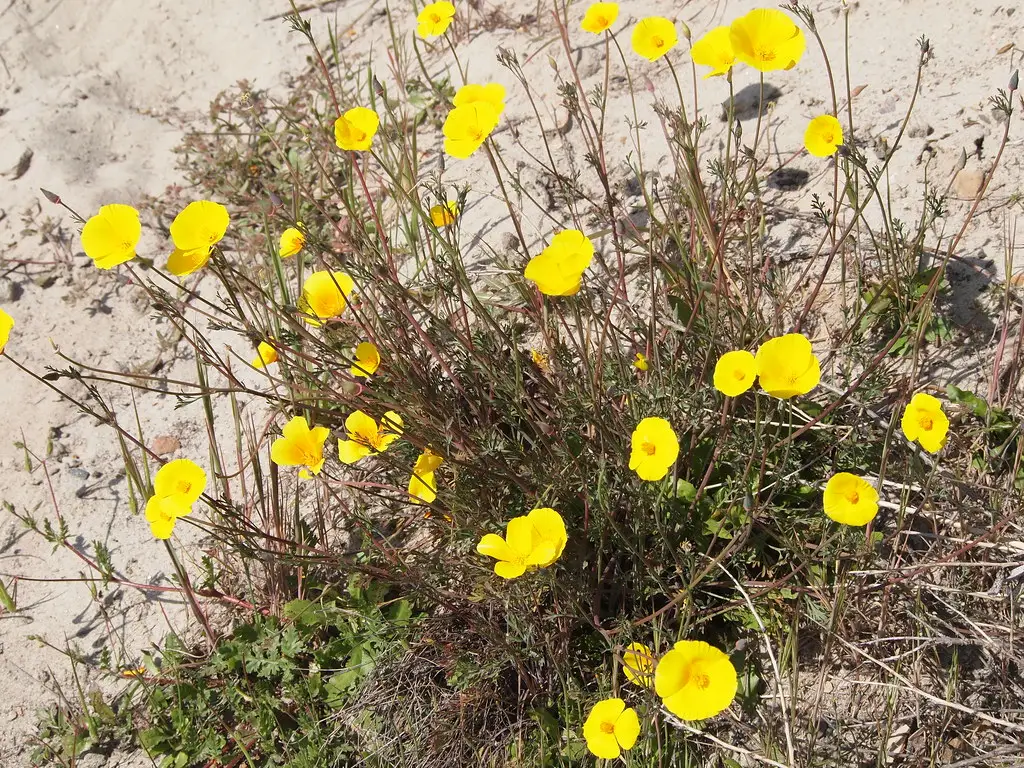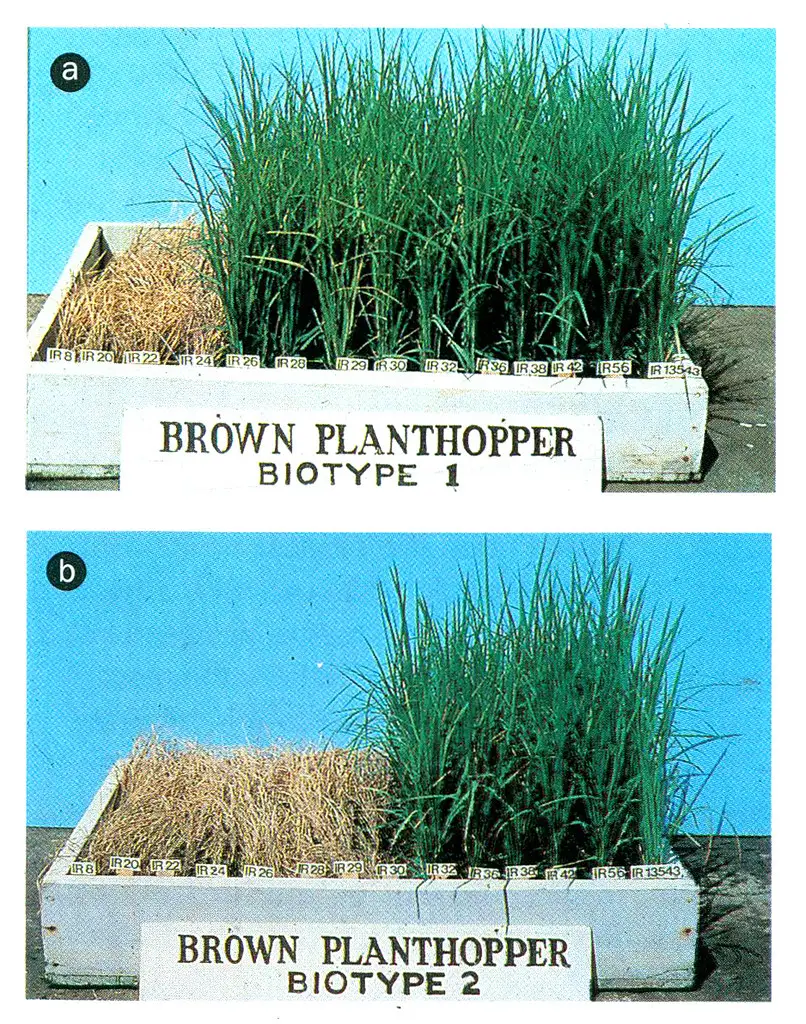Introduction:
“The ecological success of species” population depends on its capacity to cope with its physical environment and the associated organisms. The success of species may be measured based on the characteristics such as density, cover, frequency, vitality, etc.
Species with ecological amplitude and greater capacity to utilize Natural Sources are more successful. This species, with absent grazing and disease, is more successful.

The species possesses qualities that give them ecological succession and can quickly be introduced in a particular area. The following point should be considered to introduce a new species in a particular locality.
- Only the most successful biotypes, ecotypes, or varieties may be introduced in the locality.
- The locality from which the species is taken should be climatically similar to that in which it will be introduced.
- To reduce competition, most of the dominant species of the locality should be destroyed before introducing new species.
Ecotype:
Ecotypes are genetically distinct races within a taxonomic species. These are morphologically and physiologically dissimilar but are interfertile. They are specially adapted to particle habitats because the environmental section produces them.

Biotype:
Biotypes are groups of individuals within ecotypes. They are produced by variations caused by the recombination of genes.

The greater the number of biotypes and ecotypes in a species, the wider its ecological amplitude. Because one biotype and ecotype can thrive in one environment only.
Vitality and vigour:
The capacity of plants to complete their life cycle is called vitality. Some species have low vitality and die soon, while some have higher vitality and hence complete their life cycle.
Vitality refers to the community’s condition of its members’ health at different developmental stages of the community. The vitality or vigor of individual plants is classified into the following:
(a) Well-developed plants:
The plant regularly completes its life cycle.
(b) Vigorous plants:
The plants do not complete their life cycle. They are poorly developed and vegetatively spread.
(c) Feeble plants:
The plants which are nearest to complete their life cycle.
(d) Ephemeral plants:
Plants occasionally appear from seeds but do not increase in their number. These plants are adapted to the environment and for a particular habitat.
Resistance to parasites and grazers: –
Some plant species possess defensive covering because they protect their body from predators. Plant hairs also play a vital role in defense.
Also, some plants produce chemicals that function in defense by making the vegetation harmful to herbivores. Some plants release or produce Chemicals that act as their weapons. Through Chemicals, they protect their body.
Methods of Reproduction: –
Fishes have different methods for their reproduction. Some species have more than one method. For example, Algae have vegetative, sexual, and asexual types of reproduction. The species with many types of production are more successful than those with one reproduction method.
Relationship of plants with soil, water, temperature, and fireworks
Light provides the necessary energy for plants. They give food and energy to plants through photosynthesis and make everything flourish. Most plants tolerate normal temperature fluctuations.
Low or high temperatures in plants cause plant stress and inhibit their growth. The optimum temperature range for plants is 70-75 degrees.
Fire can also kill or injure individual plants. They burn the vegetation and also damage it, and they cause erosion. If soil contains more minerals or nutrients, they are the food for plants because plants get food from the soil.
Many plants need water for their reproduction if it contains less minerals, nutrients, and nourishment, plant growth is inhibited or stunted.
Best Characters/ability to use resources:
Different plants have different capacities to use resources. The plant with broad leaves can absorb maximum light. A plant with a well-developed root system can absorb more nutrients and water from the soil than those with a poor root system.
It also depends upon vitality. The Species with more vitality can use more resources such as light, air, minerals, nutrients, water, etc. Some plants have more capacity to restore food and extra water to overcome unfavorable conditions.
Key Points
- 🌱 The ecological success of a species’ population depends on its capacity to cope with its physical environment and associated organisms.
- 🌿 Species with ecological amplitude and a greater capacity to utilize natural resources are more successful.
- 🌍 When introducing a new species to a particular area, it should be climatically similar to the locality it is taken from.
- 🌾 To reduce competition, the dominant species of the locality should be destroyed before introducing new species.
- 🏞️ Ecotypes are genetically distinct races within a species, adapted to specific habitats.
- 🦠 Biotypes are groups of individuals within ecotypes influenced by variations caused by gene recombination.
- 💪 Vitality refers to a plant’s capacity to complete its life cycle, with well-developed and vigorous plants being more successful.
- 🍃 Resistance to parasites and grazers is a protective trait for certain plant species, achieved through defensive coverings and chemical production.
- 🌱 Different reproduction methods contribute to species’ success, with those having multiple types being more successful.
- 🌿 The relationship between plants and their environment, including soil, water, temperature, and light, impacts their success.
- 💡 Plants with the ability to effectively use light, air, nutrients, and water have a higher chance of success.
- 🌍 Some plants can store food and water to overcome unfavorable conditions.
FAQs
What is the importance of ecological success?
Ecological succession holds significant importance in the realm of ecosystems. It plays a vital role in facilitating their growth and development. This natural process not only triggers the colonization of previously untouched areas but also enables the revival of regions that have undergone devastation caused by various biotic and climatic factors.
What does ecologically important species mean?
Ecological importance can be defined as the significance of a species within an ecosystem. A species is considered ecologically important when it fulfills a crucial function other species cannot easily replace. In functional group richness, “Fi” represents the number of species within the ith functional group in a given ecosystem.
What is the ecology of a species?
Ecology delves into the intricate connections between living organisms, encompassing humans and their surrounding physical environment. Its fundamental objective is to comprehend the essential interdependencies between plants, animals, and the vast world that envelopes them.
